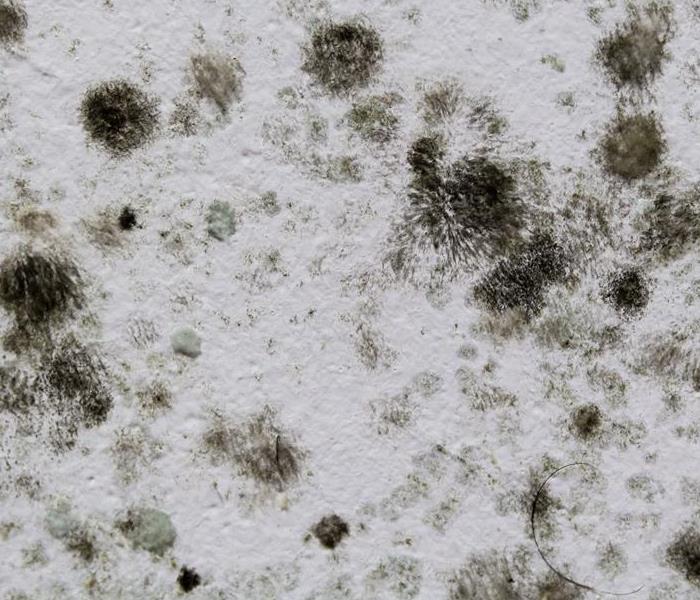FAQs About Mold Standards
4/10/2019 (Permalink)
 Mold remediation may seem complex, but viewing mold standards can make the process easier to understand.
Mold remediation may seem complex, but viewing mold standards can make the process easier to understand.
FAQs About Mold Standards
Whether it’s growing on ceilings, in drywall or under sinks, mold can cause substantial damage to commercial properties in Johnson City, TN. In order to better understand the process of mold remediation, it can be helpful for business owners to understand current mold standards.
What Is the Purpose of the Standards?
Having a set of standards is often important in a variety of industries, including in the restoration industry. These standards exist to:
- Ensure that mold remediation professionals follow the most up-to-date and effective practices when removing black mold and other types of mold
- Provide business owners and managers of commercial properties with information about the process of mold remediation
- Establish a level of professionalism and a code of conduct that experts in mold remediation must meet
What Are the Types of Standards?
There are several standards that professionals in mold remediation may follow. The most common mold standards are from the following organizations:
- EPA (Environmental Protection Agency)
- OSHA (Occupational Safety and Health Administration)
- IIRC (Institute of Inspection Cleaning and Restoration Certification)
What Is the Difference Between the Different Standards?
Each of the three most common mold clean standards offer guidelines for professionals to follow, but important details set one standard apart from the other. IIRC standards focus on providing restoration companies that focus on both commercial and residential mold removal with current best practices in the industry. The EPA and OSHA standards apply specifically to commercial properties in particular. Since removing mold in commercial properties can require professionals to use different types of equipment and methods than in residential properties, it’s often useful to have standards for both types of buildings.
Mold remediation may seem complex, but viewing mold standards can make the process easier to understand. Knowing the purpose of the standards, which ones are often used and the difference between various standards can be beneficial to business owners and managers.

 24/7 Emergency Service
24/7 Emergency Service